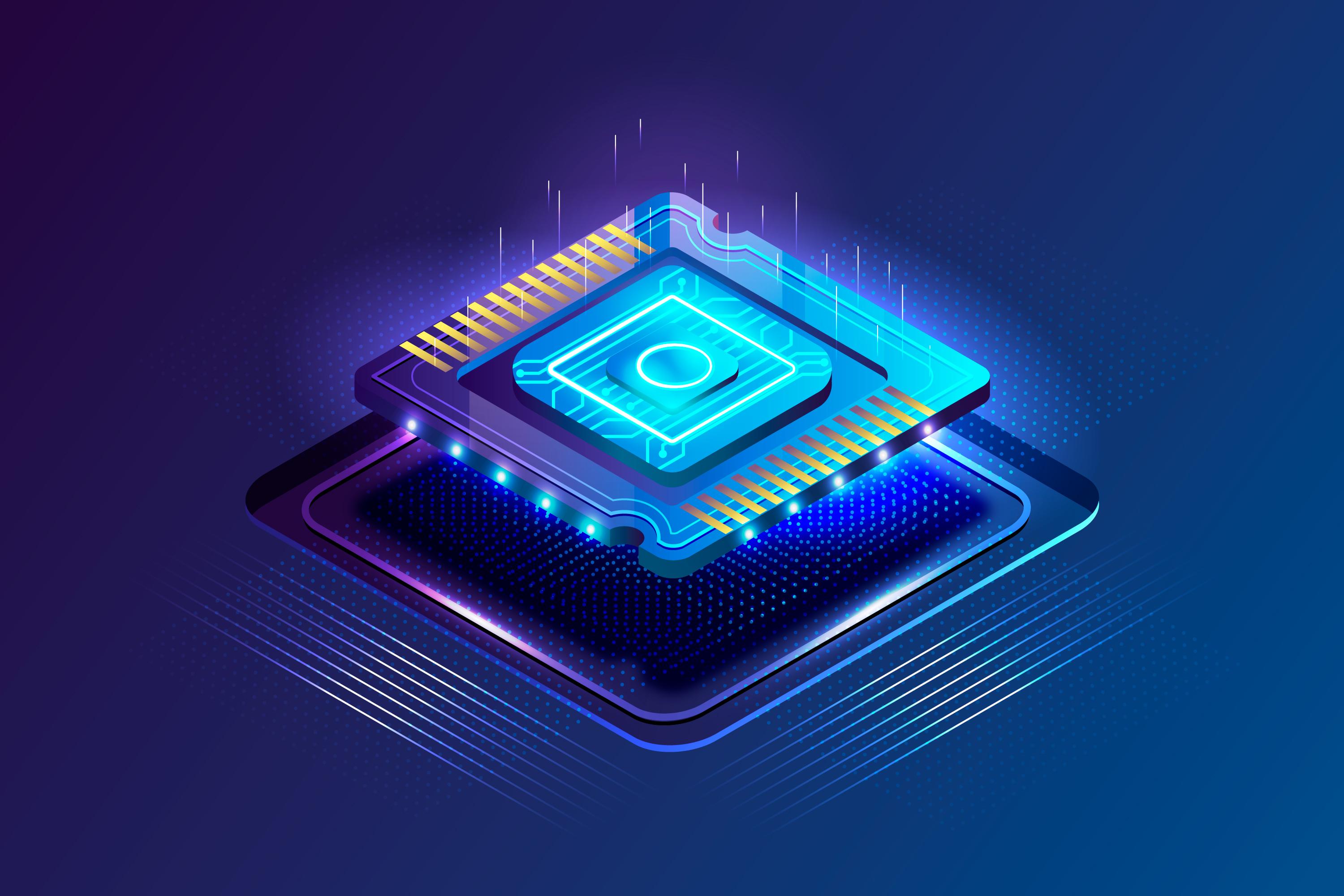
Introduction:
Keeping people safe and secure has become a top priority as vehicle embedded systems become more complicated and networked. There are many advantages to the incorporation of cutting-edge technologies and communication features in vehicles, but there are also possible drawbacks. This blog discusses the significance of safety and security issues for embedded automotive systems, the difficulties they bring, and the techniques and tools used to reduce the risks they pose.
Considerations for safety :
Functional safety ensures that embedded systems used in automobiles function as intended even when there are defects. Potential dangers can be identified and managed using a framework provided by safety standards like ISO 26262. To reduce risks and stop accidents, automotive safety techniques like redundant systems, fail-safe designs, and safety-critical software development processes are used.
b. Crash Avoidance Systems: Autonomous vehicle technology and advanced driver assistance systems (ADAS) are intended to reduce accidents and increase safety. Safety features like collision detection, automatic emergency braking, lane departure warning, and adaptive cruise control, for instance, depend on embedded systems to track the surroundings of the car and support drivers in emergency circumstances.
c. Cybersecurity: Protecting automotive embedded systems from hostile assaults, illegal access, and data breaches is essential. Critical car systems are protected from cyber attacks and occupant safety is maintained with the use of secure communication protocols, reliable authentication procedures, intrusion detection systems, and encryption techniques.
Considerations for security:
Vehicle Network Security: Automotive embedded systems are linked together by a variety of communication networks, including Ethernet and the Controller Area Network (CAN). In order to avoid unwanted access and potential assaults, these networks must be secured. The confidentiality and integrity of data transported inside the car are helped to be protected by network segmentation, intrusion detection systems, secure gateways, and encryption methods.
Over-the-Air Updates (OTA): Manufacturers can remotely upgrade the software and firmware of vehicles via over-the-air (OTA) software updates. OTA updates are convenient and can patch vulnerabilities, but they can carry security dangers. To stop unauthorized and harmful updates, it's essential to include secure OTA techniques, such as digital signatures, secure boot procedures, and encrypted communications.
c. Privacy Protection: Automotive embedded systems produce and gather a lot of data, including information on the driver, their location, and their personal preferences. Maintaining consumer confidence necessitates protecting user privacy. While employing data for vehicle functionality and services, data anonymization, consent-based data gathering, and safe data storage techniques help to ensure the privacy of persons.
Validation and testing :
To guarantee the security and safety of automobile embedded systems, thorough testing and validation procedures are necessary. This comprises evaluations of functional safety, security, penetration testing, and vulnerability. In order to lower the risk of safety and security incidents, rigorous testing and validation techniques help detect and address any vulnerabilities, design faults, and weaknesses in system designs.
Collaboration on Regulatory Standards :
Establishing Best Practices: Through collaboration, best practices for safety and security in automobile embedded systems can be developed. Industry stakeholders can identify common problems and create efficient solutions that meet or surpass regulatory requirements by pooling resources and experiences. Through collaboration, the automobile sector will have a standardized framework for implementing safety and security measures.
Staying Ahead of Emerging Threats: In a threat environment that is constantly changing, teamwork allows for the prompt detection and mitigation of new threats. Collaboration across the industry enables automobile manufacturers and technology providers to proactively address possible threats by exchanging knowledge about emerging vulnerabilities, attack vectors, and cybersecurity trends. Because of this cooperative effort, safety and security measures are kept up with the changing nature of cyber dangers.
Harmonizing Global Standards: Cooperation on regulatory standards makes it easier to harmonize the security and safety requirements in various markets and areas. In the global automobile sector, where vehicles and technologies are sold and utilized all over the world, this is especially crucial. Harmonized standards enable more efficient compliance processes, lower costs, and guarantee a constant level of safety and security for embedded systems in cars across international borders.
Consumer Trust: Cooperation on regulatory standards strengthens consumer faith in the security and safety of integrated automobile systems. Customers can trust that their vehicles are manufactured with the greatest safety and security standards in mind when manufacturers and technology providers follow set standards and regulations. The widespread adoption and acceptance of cutting-edge automobile technology depend on this confidence.
Collaboration encourages a culture of continuous improvement in security and safety procedures. Industry participants can improve safety and security measures in automobile embedded systems by routinely exchanging information, discussing lessons learned, and cooperating on research and development projects. Through the entire lifecycle of a vehicle, from design and development to operation and maintenance, safety and security concerns are guaranteed to be a top priority thanks to this cooperative approach.
Conclusion :
In summary, safety and security issues are of the utmost significance for automobile embedded systems. There are many advantages to adding cutting-edge technology and connection features to cars, but there are also some drawbacks. The automobile sector can guarantee the highest level of safety and defend crucial vehicle systems from cyber attacks by introducing functional safety measures, strong security standards, and rigorous testing and validation processes. To keep ahead of new threats and uphold customer trust, industry stakeholders must work together, and regulations must be followed. Automotive embedded systems can continue to promote innovation, improve convenience, and offer a secure and safe driving experience for everyone with the right safety and security measures in place.

Clock Gating vs Power Gating: Implementation, RTL Flow & Verification Guide
Learn how to implement clock gating and power gating with RTL design steps, backend changes, UPF flow, and a full verification checklist for efficient low-power VLSI design.
_11zon.jpg)
What to Do After Engineering? Why VLSIFIRST Leads Chip Design Careers
Discover why VLSIFIRST is becoming the top choice for engineering graduates pursuing VLSI and semiconductor careers. Explore job roles, growth, and industry-ready training benefits.

VLSI Career Roadmap for Engineering Graduates: Step-by-Step Guide
A complete VLSI career roadmap for engineering graduates. Learn skills, domains, tools, and steps to become a successful semiconductor engineer in the chip design industry.

Title: Top VLSI Career Paths for 2026 Graduates and Best Semiconductor Companies in India
Meta Description: Explore the top VLSI career options for 2026 engineering graduates and discover India’s best semiconductor companies for high-paying jobs. Learn about roles, skills, and top recruites

Why VLSI Engineers Must Care About Side-Channel Attacks, Secure Design, Verification, and Hardware Mitigation
Learn why VLSI engineers must prioritize side-channel attacks, secure design, verification, and mitigation to build trustworthy, resilient, and future-ready hardware systems.
Hours
Copyright 2025 © VLSI Technologies Private Limited
Designed and developed by KandraDigitalCopyright 2025 © VLSI Technologies Private Limited
Designed, Developed & Marketing by KandraDigital
